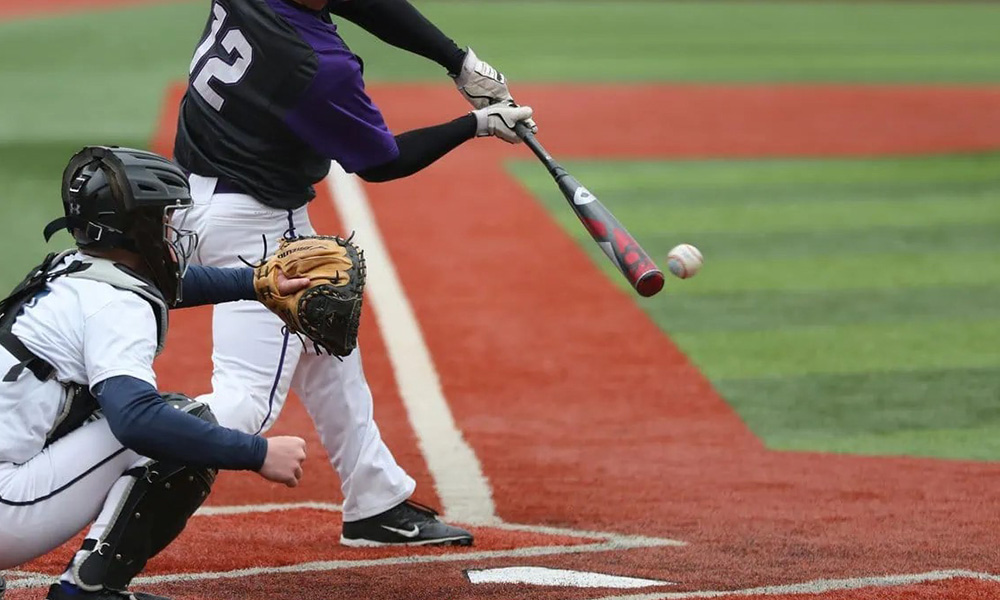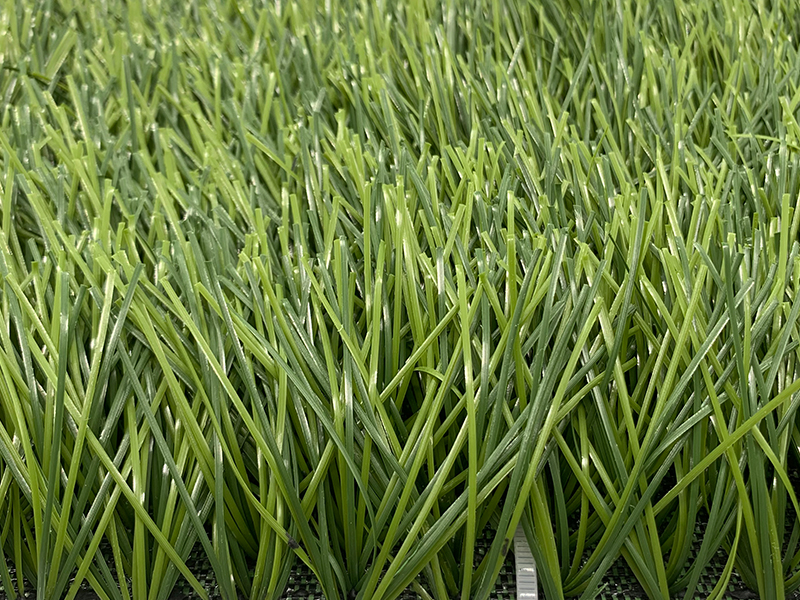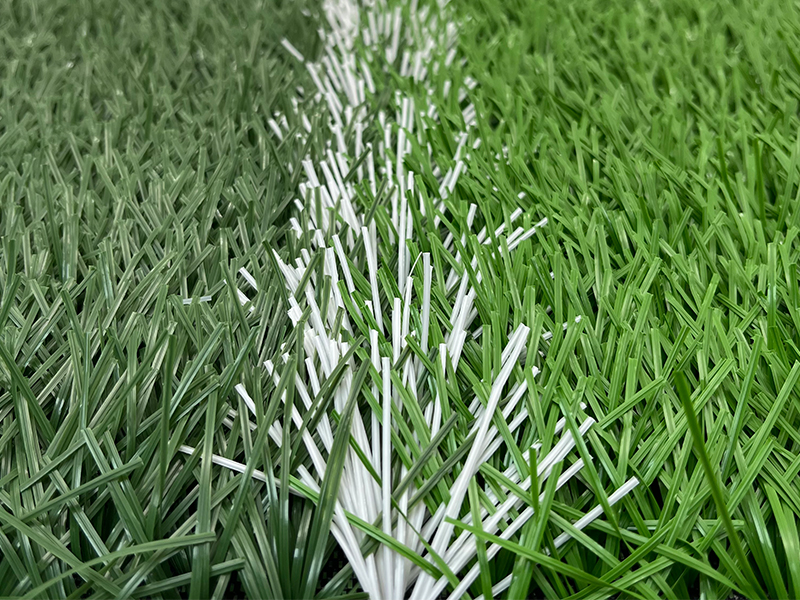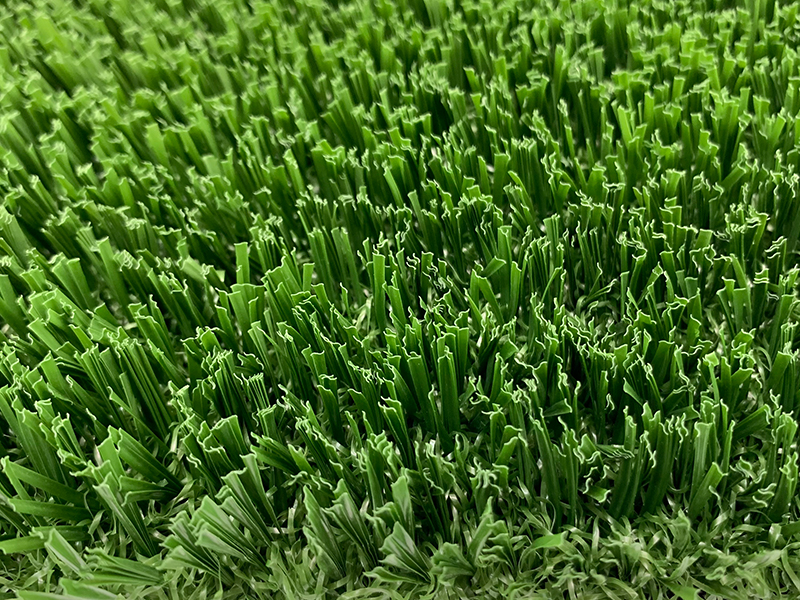Artificial Grass Hockey Pitches - The Modern Hockey Choice
What is an artificial grass hockey field?
An artificial grass hockey field is a synthetic turf sports field designed specifically for hockey. Unlike traditional artificial grass, UNIGRASS turf has short, dense grass fibers and a highly flat surface, simulating an ideal ball speed and ball control experience. According to the standards of the International Hockey Federation (FIH), artificial grass hockey fields are divided into water-based systems and sand-based systems. The former is more suitable for high-speed, elite-level events, while the latter has greater flexibility and diverse uses.
The rise of artificial grass in hockey
With the growing global demand for professional sports facilities, hockey has gradually shifted from traditional natural grass fields to artificial grass systems with more stable performance and easier maintenance. This shift began at the end of the last century and quickly became popular in international events and high-level clubs. Especially under the advocacy of the International Hockey Federation (FIH), more and more venues have adopted artificial turf as a standard, and even in world-class competitions such as the Olympics, it has become a designated ground.
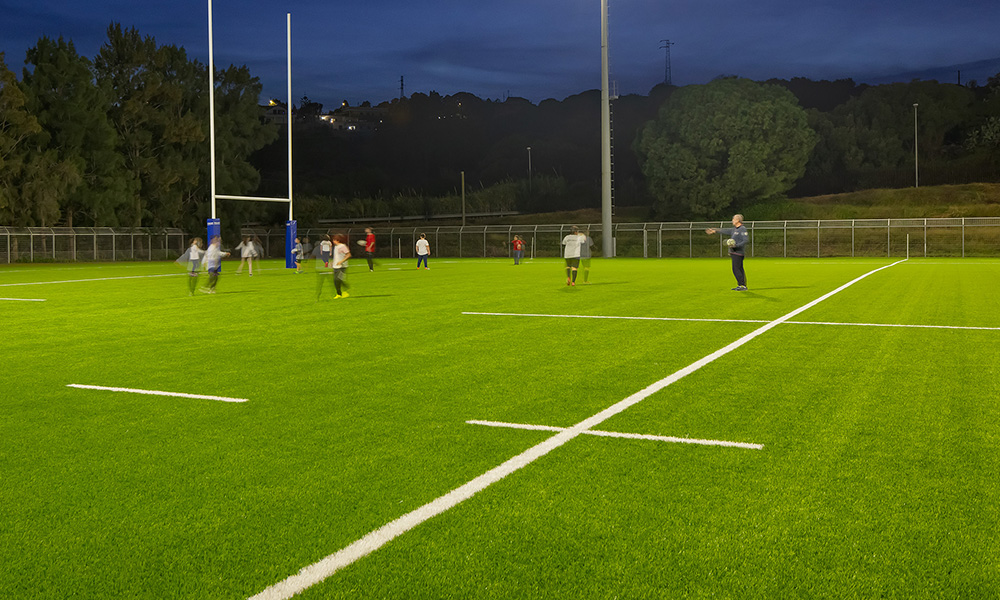
Advantages of UNIGRASS artificial grass hockey field
Optimized game performance
The surface of the artificial grass system is flat, with high rebound yarn and compact fluff structure, which improves the rolling speed and precise control of the ball, allowing players to easily perform 3D technology and quick breakthroughs, and fully optimizes the interaction between the stick and the ball surface.
Safety and sports protection
Artificial grass provides more uniform cushioning and support, reducing the burden on players' knees, ankles and muscles, reducing the risk of sports injuries, and making the game longer and safer. At the same time, the drainage system of artificial turf can remove standing water and ensure that the field is not slippery. This reduces the risk of players slipping.
Uniform and Smooth
Artificial turf provides a uniform and smooth playing surface, which is highly advantageous for hockey. The consistent height and thickness of the grass fibers ensure a stable and predictable ball trajectory. Players can anticipate the ball's movement and formulate better tactics accordingly. In contrast, the surface of natural grass becomes uneven over time, significantly impacting the ball's trajectory on the field.
All-weather use
Compared with natural grass, artificial turf is not affected by climate, and is not afraid of rain, drought or temperature changes. It is suitable for year-round use, greatly improving the availability of the venue.
Low maintenance cost
Natural grass requires frequent mowing, irrigation and renovation, while artificial grass only requires simple cleaning and regular inspection, which greatly reduces operating costs.
Compliance with international standards
Hockey artificial grass systems provided by global suppliers such as Act Sports have been fully certified by FIH and are qualified for use in global competition venues.
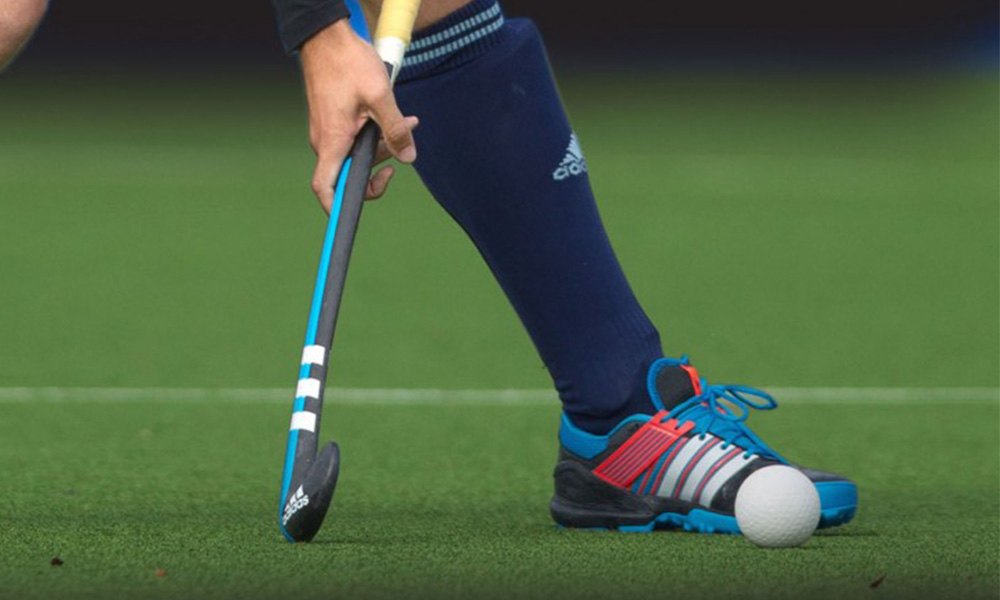
Artificial grass vs natural grass for hockey fields: key comparisons
| Dimensions | Artificial grass hockey field | Natural grass hockey field |
| Surface flatness | High, suitable for fast games | Vulnerable to weather and wear and tear |
| Maintenance cost | Low, only basic maintenance required | High, requires mowing, irrigation, maintenance |
| Weather adaptability | All-weather use | Vulnerable to rain, snow, drought |
| Service life | 8-10 years | 2-4 years (high frequency use) |
| Sports performance | High speed, controllable, precise | Easy to change, difficult to control |
Hockey Field Types
Water-Based Hockey Field
High-density, unfilled artificial turf. Requires regular watering to maintain moisture, reducing friction for faster ball speed. Suitable for international competitions. Higher cost, includes an irrigation system.
Sand-Covered Hockey Field
Artificial turf covered with a thin layer of sand, only covering the grass roots. Used to stabilize the fibers. Suitable for national and regional competitions. Relatively simple maintenance.
Sand-Filled Hockey Field
Artificial turf filled with a large amount of quartz sand and rubber granules, approximately 2/3 of the height. Provides stability and elasticity. Suitable for community and school training. Lower cost, easy maintenance.
Dry Grass Hockey Field
New infill-free design. No watering required. Performance similar to water-based fields. Suitable for water-scarce areas.
Artificial Turf Hockey Field Suitable Scenarios
Water-Based Hockey Field
-
Events: Olympics, FIH World Cup, International A-Level Competitions, Top National-Level Competitions
-
Target Audience: National Team Professionals, Top Club Teams, Players Seeking High-Speed and Precise Ball Control
Sand-Filled Hockey Field
-
Events: National-Level Competitions (Non-Top-Level), Regional Leagues, Provincial/Municipal Championships
-
Target Audience: National Youth Teams, Local Teams, High-Level University Teams, Regional Clubs
Sand-Infilled Hockey Field
-
Events: Community Leagues, School Competitions, Youth Development Projects, Hockey Popularization Activities
-
Target Audience: Middle School Students, University Teams, Community Amateur Teams, Beginners, Youth Players
Waterless/Dry Turf
-
Events: FIH Certified, Suitable for International Competitions (including the 2024 Paris Olympics), Competitions at All Levels in Water-Scarce Areas
-
Target Audience: Players of All Levels (Especially in Water-Scarce Areas), Environmentally Aware Event Organizers
Installation Considerations
The following factors should be considered when installing an artificial turf hockey field:
1. Compliance and Standards: Follow FIH (International Hockey Federation) requirements; surface slope ≤1%; adaptable to indoor/outdoor climates; choose weather-resistant turf.
2. Turf Selection: Select turf with a fiber height of 10-12mm and a density ≥10,000 stitches/m²; use HDPE + PP blend material; fill with 2-3mm of silica sand; use EPDM composite material for the backing adhesive.
3. Installation Details: Seamless splicing; laying direction consistent with the main direction of ball movement; edges fixed with aluminum alloy/rubber edge strips; pass FIH standard testing after installation.
4. Post-Installation Maintenance: Regularly clean debris, comb the turf, and check the drainage system; choose a brand that offers a warranty (such as UNIGRASS, which offers a 5-15 year warranty) and maintenance training.
5. Cost considerations: Prioritize integrated service providers that offer "design-construction-acceptance-maintenance".
Summary
Artificial grass hockey fields have become a key driver of the development of modern hockey, which not only improves the quality and safety of the game, but also reduces long-term operating costs. With the improvement of global standardization and the emphasis on green and environmentally friendly fields, this type of field will continue to lead the new direction of hockey field innovation.

